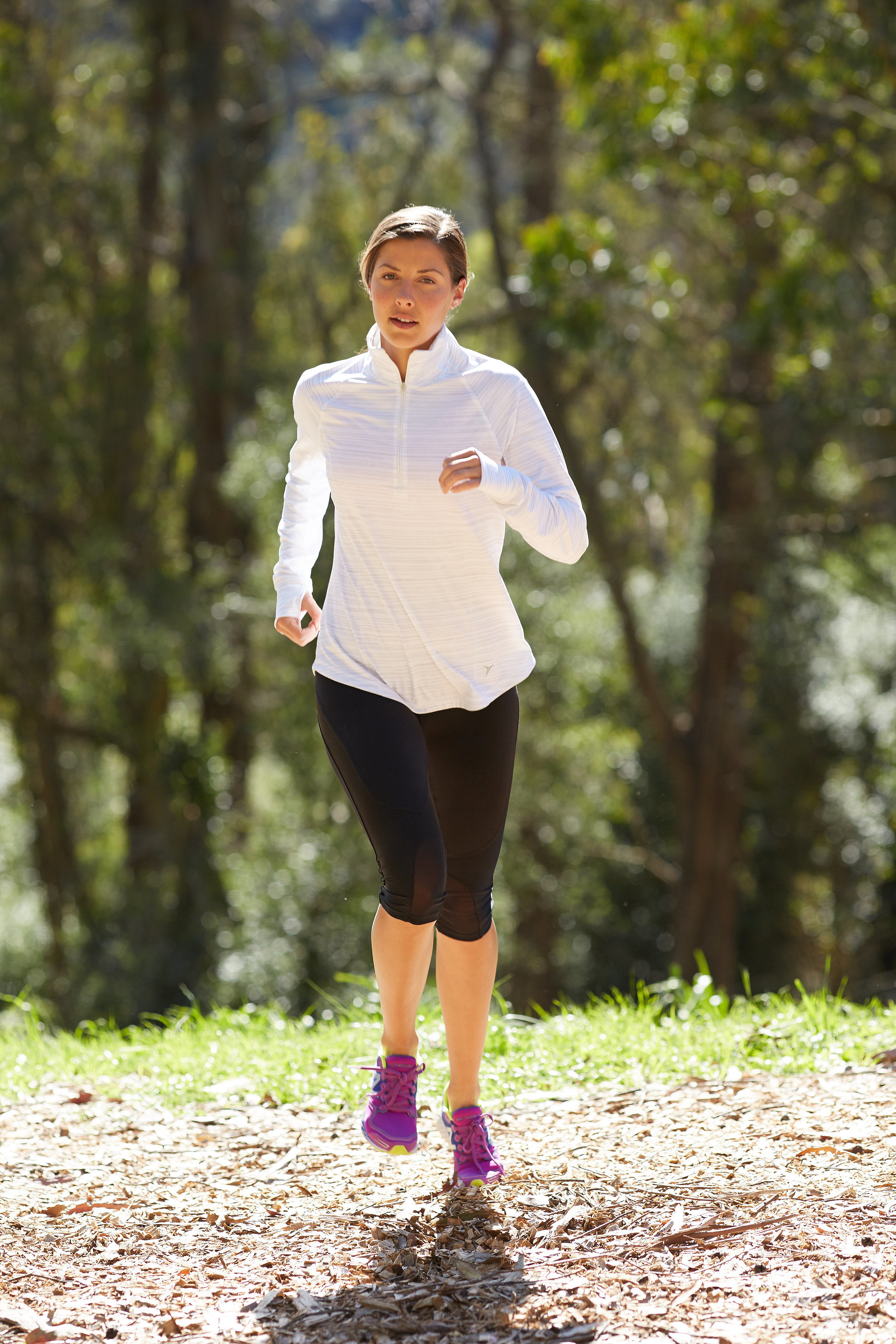It’s no secret that taking care of your body is key to being happy and successful. Exercise can ease stress, anxiety, and depression—and even decrease memory loss; improve self-esteem; and prevent heart disease, certain cancers, and pretty much any chronic disease.Exercise counteracts declining hippocampal function in aging and Alzheimer’s disease. Intlekofer KA, Cotman CW. Neurobiology of disease, 2012, Jun.;57():1095-953X. Longitudinal examination of the exercise and self-esteem model in middle-aged women. Elavsky S. Journal of sport & exercise psychology, 2011, Jun.;32(6):0895-2779. Effects of aerobic exercise on anxiety sensitivity. Broman-Fulks JJ, Berman ME, Rabian BA. Behaviour research and therapy, 2004, Jun.;42(2):0005-7967. Plus, exercise as medicine is free: Everyone can take it.
That’s why Jordan Metzl, M.D., sport medicine physician, best-selling author, and fitness instructor, is prescribing it to his patients every single day. During an IVY panel discussion, he teamed up with Liz Plosser, deputy editor of Self magazine, to talk about exercise as medicine and came up with these seven tips.
Special thanks to IVY for hosting this panel discussion!




